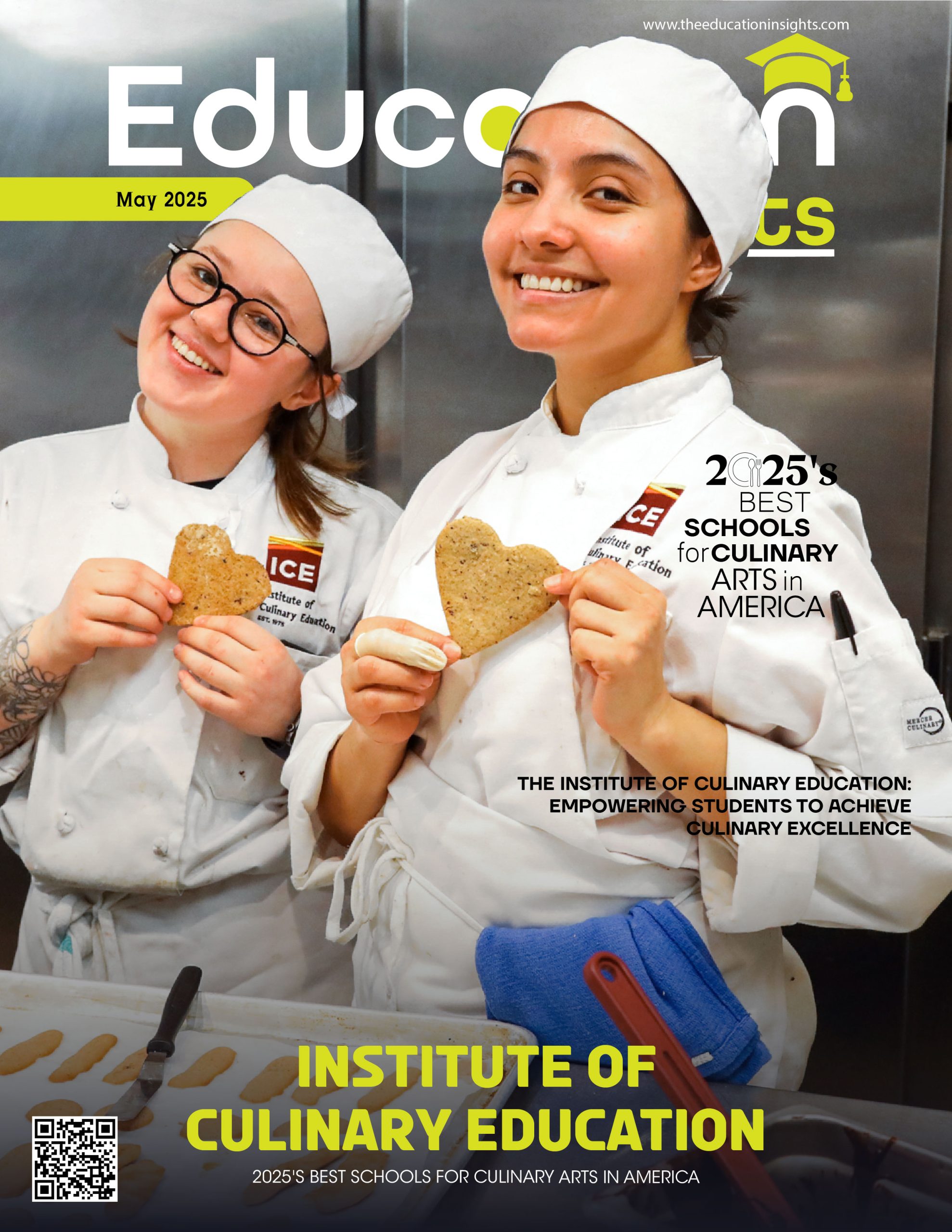You can help your students become better learners and individuals as an educator. We acknowledge our good effect on our kids most of the time, but there may be moments when we feel we need new strategies to push them and develop a culture of engagement. Here are some ideas to help you foster a learning culture in your organization.
Involve Students in Curriculum Planning in the Classroom
Allow students to express their preferences for how they would want to learn about the subjects you have planned for the semester at the start of each semester. Prompt them with questions such as, “How have they previously liked learning?” What was their favorite activity last semester, and why? A few particular inquiries might start the conversation and provide you with more insight into their ideas. After that, consider how you may include their suggestions without altering the primary curriculum. Use their input to develop a strategy for engaging them in things they are interested in and encouraging them in ones they find challenging.
Allow students to make their own decisions about how to present their work.
Giving students alternatives for presenting their projects and evaluations to you and the class is one of the most acceptable ways to empower them. Students might, for example, submit their ideas via an oral presentation in front of the course, a recording of the display (a video using a mobile device or document camera), or a textual format shared with the class through Google documents. Students choose the best strategy, allowing them to learn the content more effectively. While providing diverse alternatives is beneficial, you may want to push people outside of their comfort zone by deleting one option they often choose.
Encourage students to use technology in the classroom for valuable purposes.
As technology advances and improves, it becomes more crucial in the classroom. Students may use technology to communicate and show their work to the whole class. It enables users to make their work more exciting and dynamic by including screen captures, Web connections, or video and photographs from document cameras and mobile devices. Stimulate students to take an assignment, devise creative methods to make it more dynamic, and share it with their classmates to encourage greater cooperation.
Make guided assignments for your students to complete before teaching the lesson in class.
This strategy is most effective in math and science classes but may be used on any topic. Giving students easy-to-follow guided tasks before teaching them the whole subject in class allows them to introduce themselves, instills confidence in their talents, and allows them to prepare questions about the content ahead of time.
Provide a structured environment for students to ask questions and discuss the curriculum.
Many students may not ask all their questions during class, so when they go home and start completing their homework, they are confused and have no access to assistance until the following day. You may provide students the additional support they need when they can’t ask questions in person by developing and monitoring a forum or online discussion board and a regulated environment where they can help one other online while completing their assignments.
Make Your Classroom a Theme
You may create an environment that will thrill your kids every day by changing the look of your classroom for a unique theme. You may also utilize your article to spice up your classes and connect them to real-world applications. Once a month, change the topic and have the children assist design the stations or decorations that will support that subject and their study.
Find out what your students are interested in and use it to inspire their learning.
Considering your pupils’ ages, select a cause or news topic they are interested in and utilize it as a theme in your classes for a week. Give pupils a method to combine their interests with their academics. Give an economics lesson on improving your local animal shelter’s finances or a science lesson on the environmental value of recycling.
Allow students to share their outstanding work with their peers.
Inform them that you will choose a few standouts for larger projects and tasks to present to the class. Students will put more effort into their work if they know it will be shared with their classmates. By selecting sure students to share their work, you will instill confidence in them and push other kids to work better in the hopes of presenting their work the next time they get the opportunity.
Allow students to evaluate their work.
Many schools have student-teacher conferences, but going a step further and allowing them to evaluate themselves regularly is a terrific approach to engage your kids. When you understand how students perceive their performance, you can provide customized tools to help them succeed. Students will also feel more comfortable interacting with you in the future if they believe their thoughts are being heard.










